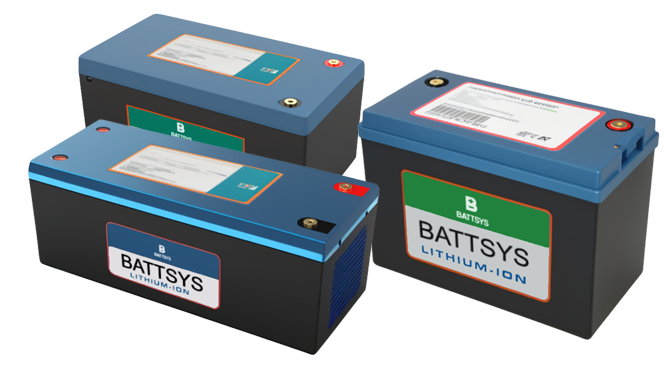Does one cycle of charging and discharging a lithium battery mean one less lifespan?
In order to measure the performance of rechargeable batteries in terms of how long they can be used, a definition of the number of cycles has been established. Actual user usage varies greatly, as experiments with different conditions cannot be compared. To make comparisons, it is necessary to standardize the definition of cycle life.
The national standard specifies the testing conditions and requirements for the cycle life of lithium-ion batteries: charge for 150 minutes under a constant current and constant voltage 1C charging system at room temperature of 25 degrees, and discharge to 2.75V with a constant current 1C discharging system as one cycle. When the discharge time is less than 36 minutes, the test ends and the number of cycles must be greater than 300.
Lithium battery pack
Explanation:

A. This definition stipulates that the testing of cycle life is conducted through deep charging and discharging methods
B. It is stipulated that the cycle life must exceed 300 times after executing this mode, and the capacity must still be above 60%
In fact, the number of cycles obtained by different cycle systems is completely different. For example, if the other conditions mentioned above remain unchanged and only the constant voltage of 4.2V is changed to 4.1V to test the cycle life of the same model of battery, this battery is no longer a deep charging method. The final test shows that the cycle life can be increased by nearly 60%. Therefore, if the cut-off voltage is increased to 3.9V for testing, the cycle life should be increased several times.
The statement that one cycle reduces lifespan has been discussed by many friends, and I am just adding an explanation. When discussing the number of cycles, we cannot ignore the conditions of the cycle,
It's meaningless to talk about the number of cycles without considering the rules, because the number of cycles is a means of detecting battery life, not the goal!
▲ Misconception: Many people like to use their mobile phone lithium-ion batteries to automatically shut down and recharge. This is completely unnecessary.
In fact, users cannot use the battery according to the national standard testing mode. No mobile phone will shut down at 2.75V, and its discharge mode is not high current constant current discharge, but a mixture of GSM pulse discharge and normal low current discharge.
There is another way to measure cycle life, which is time. Experts have suggested that the lifespan of lithium-ion batteries for general civilian use is 2-3 years. Considering the actual situation, for example, with 60% capacity as the end of the lifespan and the aging effect of lithium-ion batteries (refer to point 9), I think it is more reasonable to express the cycle life in terms of time.
The charging mechanism of lead-acid batteries is similar to that of lithium-ion batteries, which use current and voltage limiting methods. The method of use is shallow charging and shallow discharging, and its lifespan is expressed as time, without the number of times, such as 10 years.
So, for lithium-ion batteries, there is no need to use shutdown and recharge. Lithium ion batteries are already suitable for use in a way that can be charged at any time, which is also one of their biggest advantages over nickel hydrogen batteries. Please make good use of this feature.
